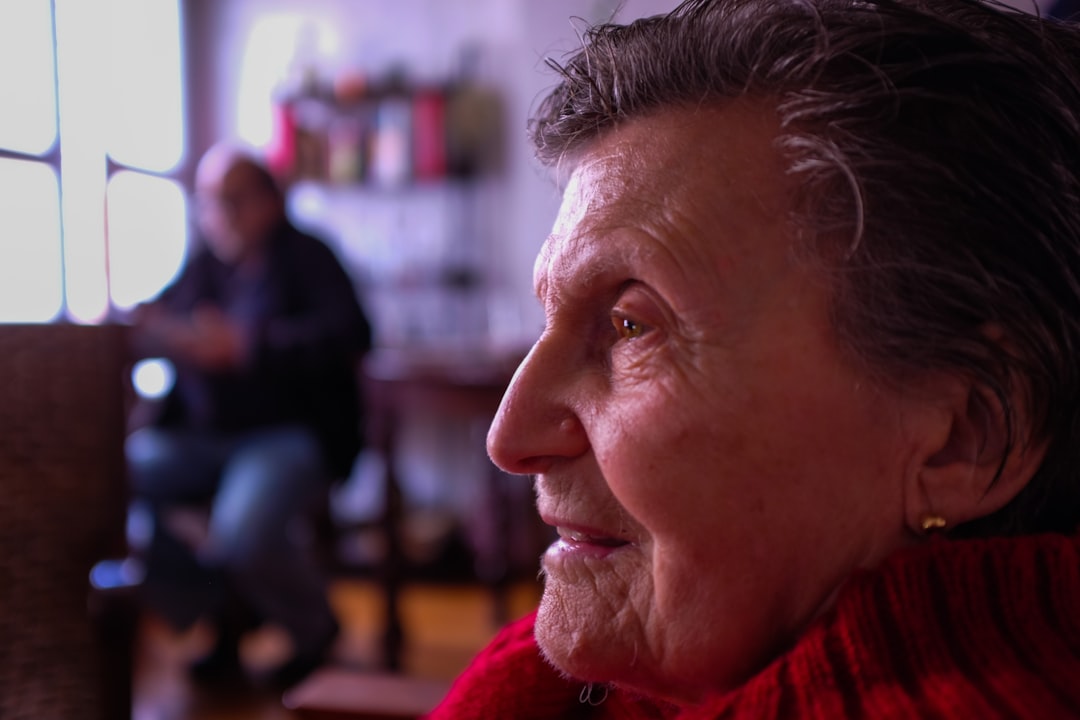What is it about?
Many municipalities across the United States have taken measures to keep homeless people and panhandlers out of sight in public spaces. But some previous studies suggest that many Americans who have frequent interactions with street beggars see them in more benign and nuanced ways. To learn more, I did interviews and collected questionnaire responses from passers-by who recounted their reactions to recent interactions with beggars. Results reveal that passers-by often see the fair treatment of beggars as a values issue – relevant to their own individual moral character – rather than simply a question of reducing public risks.
Featured Image
Why is it important?
Understanding the meanings community residents assign to the presence of homeless persons and beggars is essential if legislators are to enact ordinances that represent the true wishes of their constituents and at the same time protect needy people who need help.
Perspectives
My aim with this article is to highlight that a common phenomenon often treated as public nuisance -- panhandling -- is in fact a rich site for moral reflection among community members.
Shai M Dromi
Harvard University
Read the Original
This page is a summary of: Penny for Your Thoughts: Beggars and the Exercise of Morality in Daily Life1, Sociological Forum, November 2012, Wiley,
DOI: 10.1111/j.1573-7861.2012.01359.x.
You can read the full text:
Resources
Contributors
The following have contributed to this page










